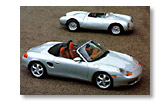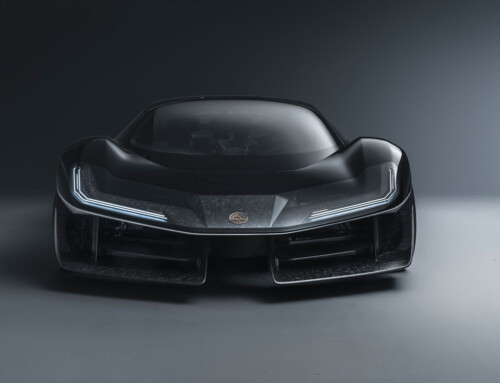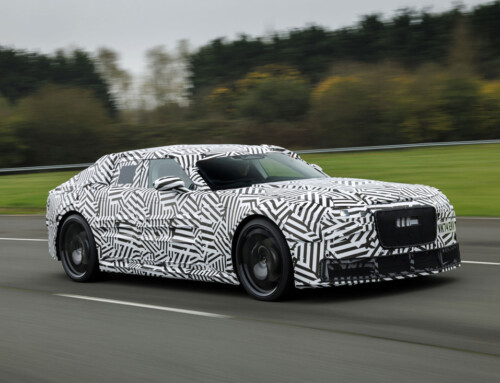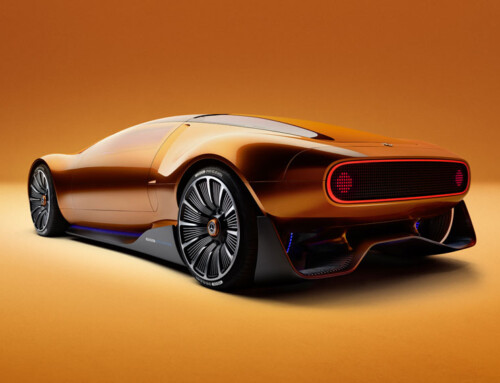Porsche concept cars are as rare as the Stuttgart firm introducing completely new models. So the Boxster which caused such a sensation at the 1993 Detroit Auto Show had to be more than simply a dream study to whet the public’s appetite. And it was, as we all know now.

But its role was a more intriguing one, its development at first running in parallel with the original 986 project as an advanced design concept, yet ending up as the definitive production model after the public had seen the Boxster first. In March 1992, shortly after the ambitious V8-engined Porsche four-door project had been cancelled, the Stuttgart management set a new and definitive strategy for the future that included two model lines sharing as many common parts as possible.
One was called the type 986, destined to be the affordable Porsche, with a mid-mounted flat-six engine. The other, the more up-market 996 model, was (and still is) the 911 replacement and should adhere to the familiar rear-engined concept.
While work began on the 986 in the spring of 1992 with an internal design competition to model two basic full-size proposals, each with different detailing, young designer Grant Larsson had already worked on some sketches for a mid-engined sports car as early as late 1991.
Such was its advanced and creative expressiveness that management decided to let Harm Lagaay – who heads Porsche Design – develop Larsson’sidea into a full-size concept car. Back in 1993, Lagaay was not yet able to explain to A&D (see issue 78 of 1993) the true purpose of the Boxster, apart from the fact that he liked to call it an example of a ‘simultaneous advanced design process’. But now that the 986 has become a production reality it becomes clear how, and why, the Boxster played such an important and more integral role in the overall development.
When 986 development started, the yet to be baptised Larsson proposal expressed much of the classic Porsche 550 and the RSK Spyder retrospective. But while the regular 986 design process got underway, Larsson’s ‘Boxster’ proposal gradually began to establish itself as a sort of parallel project in its own right.
However, by monitoring each important milestone in the 986 concept, Lagaay managed to have the ‘Boxster’ design shadow the 986 as closely as possible. As param-eters like water cooling, ergonomics, passive safety, luggage compartment space, future model strategy and production synergy became topical in the process, so Larsson and team had to adapt their Boxster – whose name was thought up only weeks before the 1993 Detroit show.
During the five months preceding that show, Lagaay did not allow his other designers, who were working on the ‘regular’ design proposals, to get a look at the Boxster, so convinced was he of the pureness of Larsson’s ideas. And right he was, for after its Detroit debut the Boxster received praise from all quarters for its compact size and shape and original interior, which, by the way, was the work of Stephan Stork.
The article continues in Auto & Design no. 100











